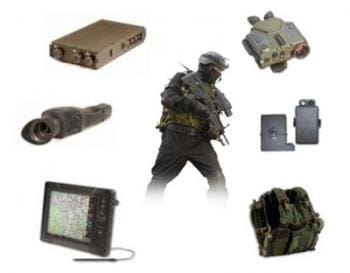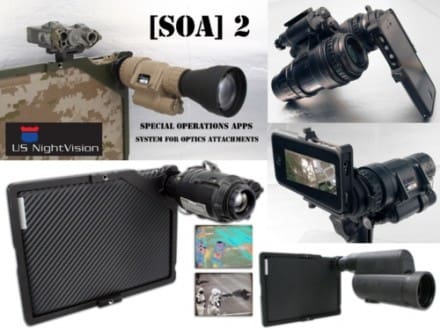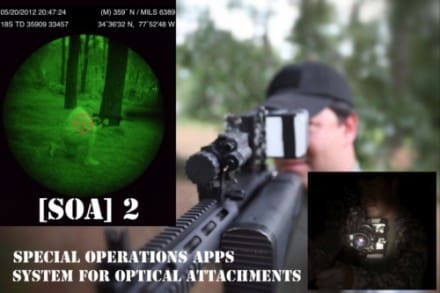The Army has launched a limited app marketplace prototype. The reason we stress the word prototype is that at this point, that’s all it is. There are currently only 12 apps available and they are training related rather than operationally focused. The Army is dipping their toe into the pool but we’d say they are in the testing the waters phase rather than the poised on the high dive that is being presented in the popular press.

Photo – US Army SFCs Russell Houck and Nanette Williams of the Pentagon’s Executive Communications Team try out Army-approved apps on personal phones and tablets. MSG Douglas Wilderman looks on.
The long pole in the tent is still the approval process. When fully implemented, the Marketplace will deliver web-based and downloadable applications to all devices approved for use within the Army’s Common Operating Environment on the Army network.
“The Apps Marketplace is at the center of Army efforts to radically reduce the time to deliver applications across the force,” said LTG Susan Lawrence, the Army’s Chief Information Officer/G-6. “This prototype is a first step in establishing and exercising new submission and approval processes that will eventually enable Army members, organizations and third-party developers to release applications for Army-wide distribution.”
Interestingly, the marketplace prototype currently only supports apps for personal iOS devices. However, the Army promises the marketplace will soon support publicly-facing apps on Android devices as well. According to the Army, the apps available now include: The Soldiers Blue Book (initial entry training guide), Army Values, Army Social Media Handbook and Developing a Performance Work Statement.
“Training aids, planning tools and other apps in the Marketplace give Soldiers easy access to information we need to keep current,” said SFC Nanette Williams, a member of the Army Executive Communications Team at the Pentagon in a recent Army press release.
The apps were all developed by Army training schools in the Connecting Soldiers to Digital Apps, or CSDA, initiative. These apps are available at www.marketplace.army.mil. However, access is restricted.























































































































